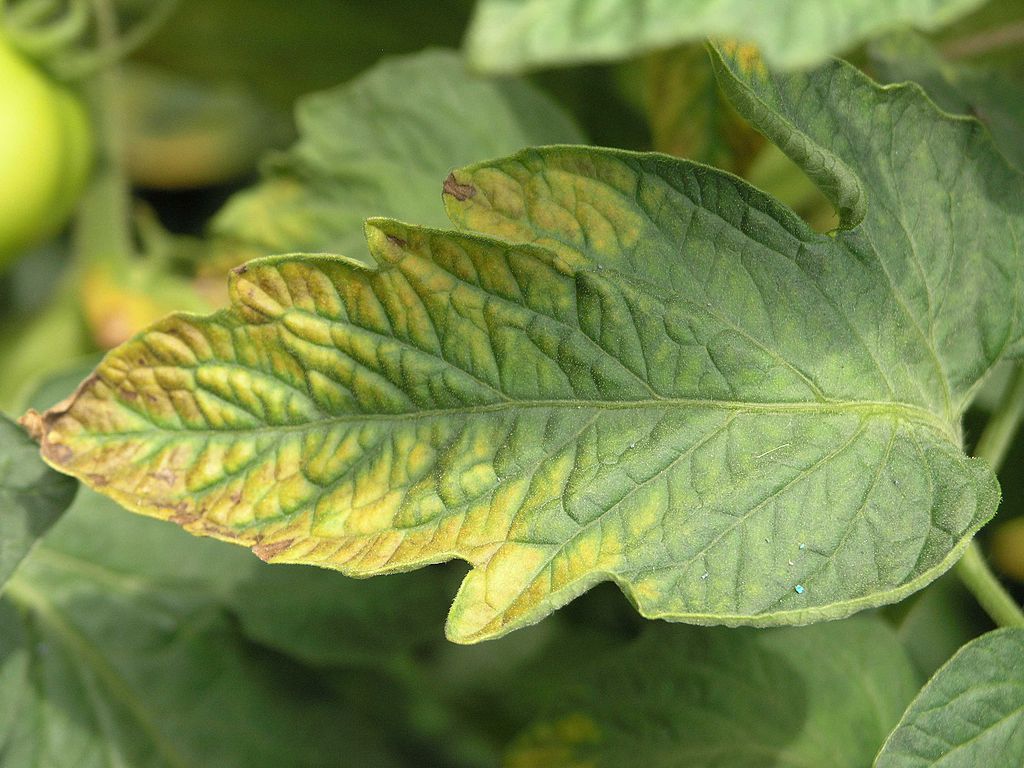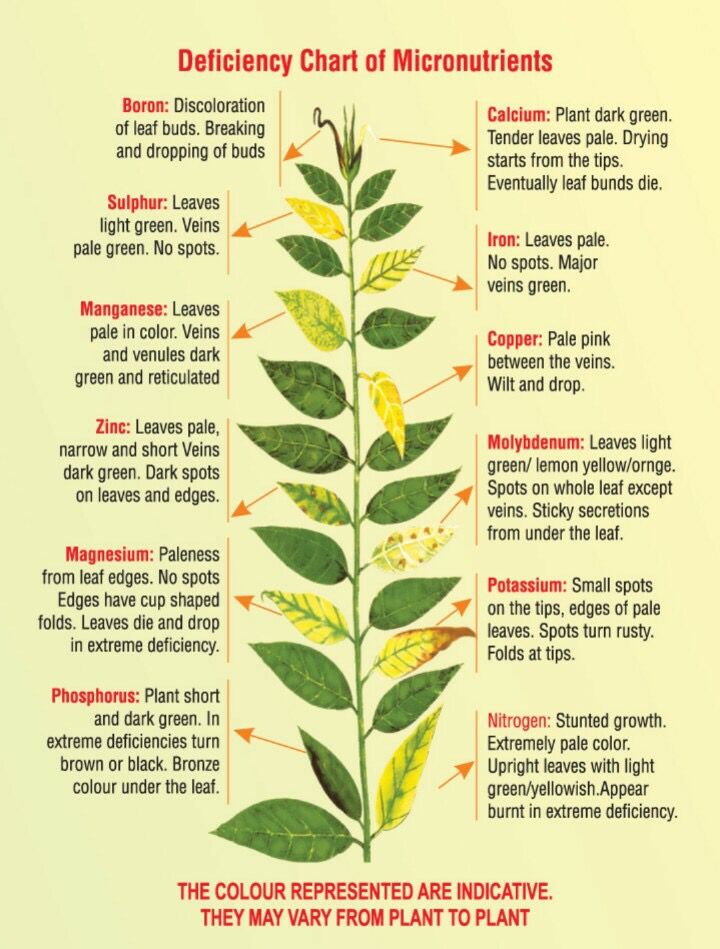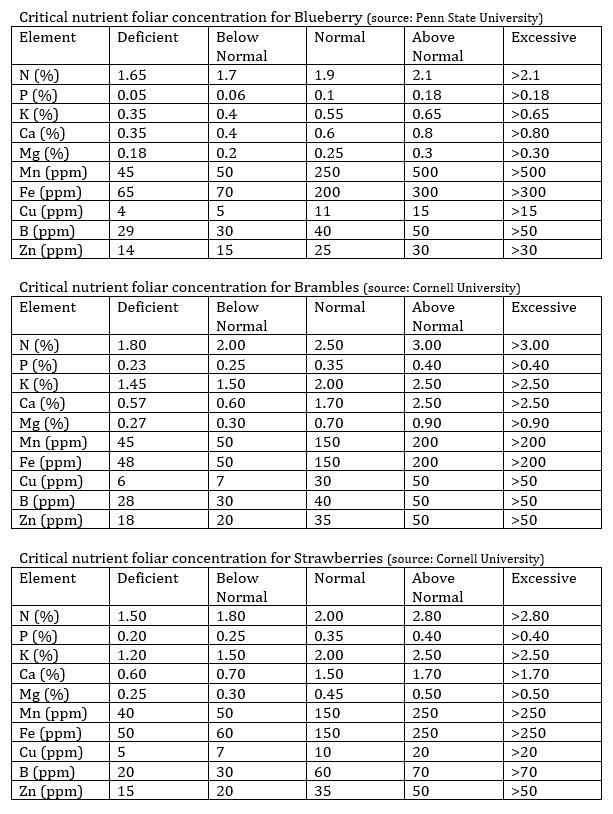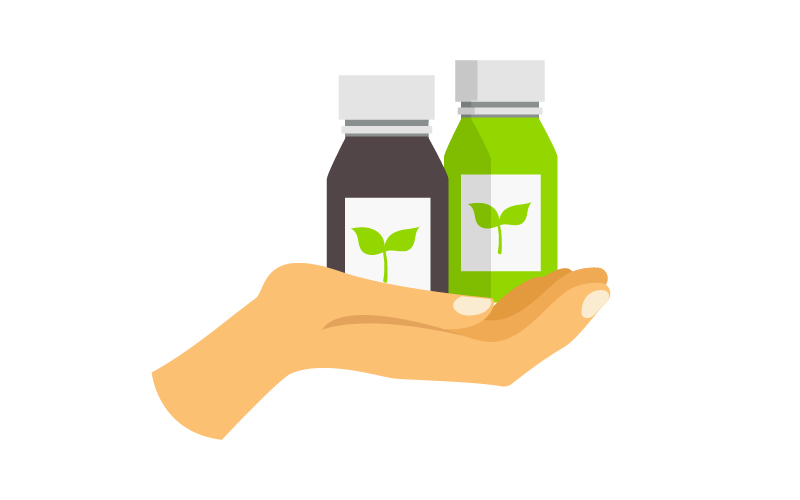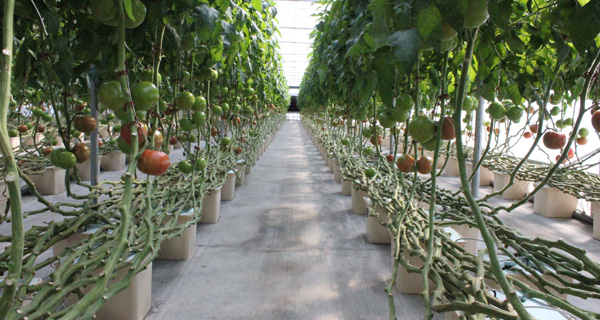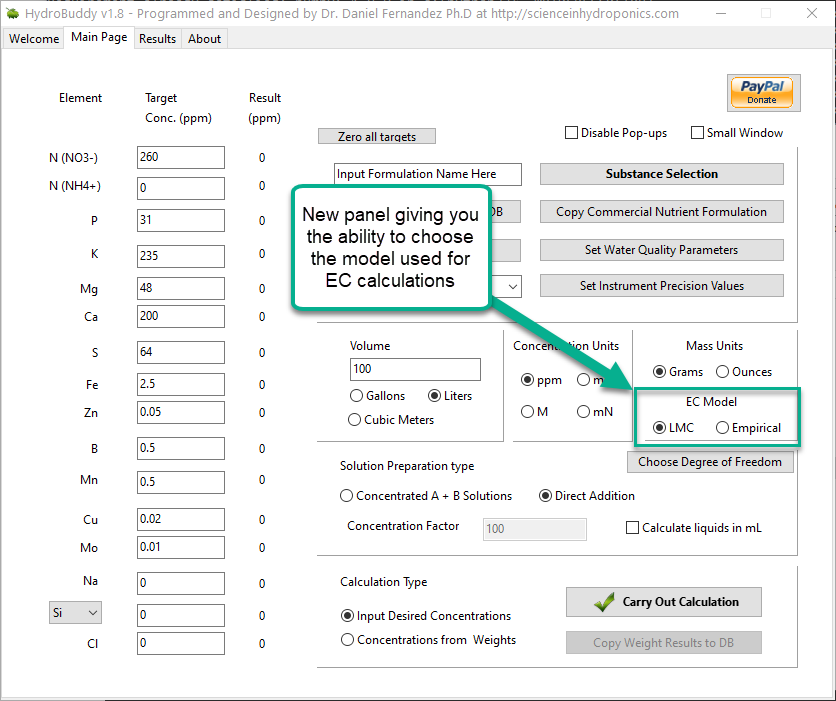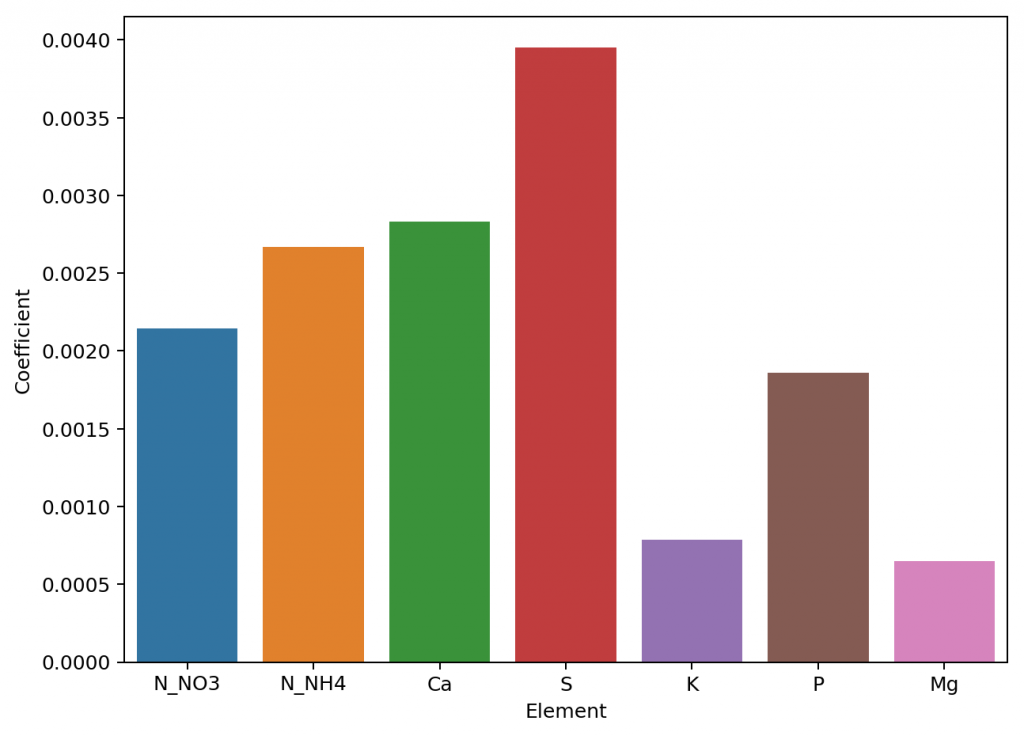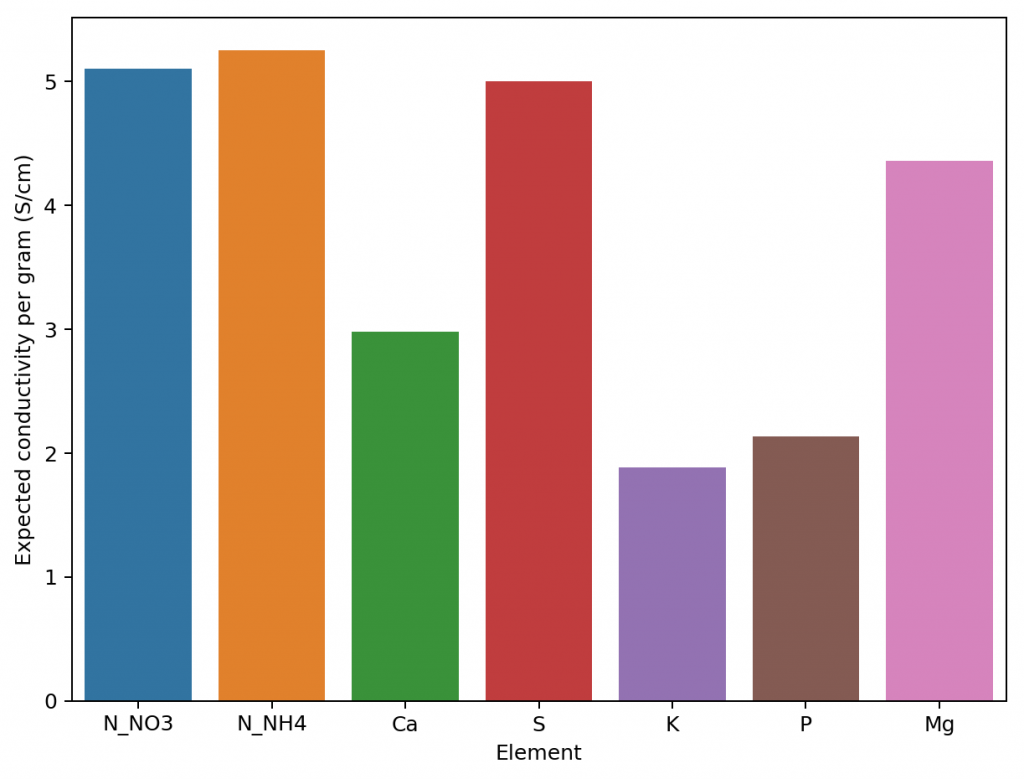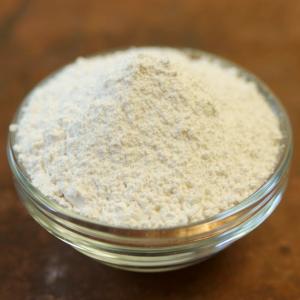Five things to consider when trying to copy commercial hydroponic nutrients
There are hundreds of different formulated hydroponic fertilizers out there and most of them are very expensive. Due to these very high costs, growers will often want to copy a set of hydroponic products they are very familiar with or a set of products that other growers – ideally growing under similar conditions – have had success with. However, the process of copying a commercial hydroponic nutrient with raw inputs is not as straightforward as many would like it to be and the procedure to do this accurately can be complicated due to both the nuances of the fertilizer industry and potential measures manufacturers might take to make reverse engineering of their products significantly harder. In this post I want to talk about five things you should consider before attempting to copy a hydroponic nutrient formulation, so that you can be very aware of the potential issues and problems you might find along the way.
The labels are often not accurate (enough). A fertilizer’s label contains the minimum guaranteed analysis of the fertilizer. Depending on the legislation, this usually means that the fertilizer must contain, at a minimum, this amount of every one of the specified nutrients, but there is no problem if the fertilizer contains more than what the label discloses. If a company is selling a fertilizer that has an NPK of 12-12-12 they can actually register that fertilizer as a 10-10-10 fertilizer and sell it as if it was a 10-10-10. The fertilizer will in reality be a 12-12-12, but the manufacturer can be sure that it will always be above the 10-10-10 specification. This is often not done out of malice, but out of the fact that the fabrication process itself might create a significant amount of variance within the composition of the actual fertilizer being produced and the manufacturer always wants to be above the minimum. This means that if you want to get the true mineral composition of the product, you’ll need to send the actual fertilizer you want to copy to the lab. Never rely on the label when copying a fertilizer.

Not everything that can be claimed is claimed. When a manufacturer decides to create a fertilizer product, it might decide to leave out a specific nutrient within the formulation that is there, but that they do not want to claim to prevent reverse engineering. This is often not illegal – you’re getting more than what you paid for from the point of view of the regulators – but it does mean that you’re going to be completely missing something if you just copy what the label says. This is a very common trick that is done with micronutrients, where a manufacturer will claim, for example, that the fertilizer has Fe and Mn, but will make no claims about Zn, B, Cu or Mo. A person copying the label would be missing these nutrients, so their plants would end up dying from deficiencies.
The “derived from” is usually not what it’s derived from. Usually a hydroponic product will contain a list of the inputs that were “in theory” used for its fabrication. This will be a list of commonly available raw fertilizers, but more often than not, fertilizer manufacturers might include a product from which the composition might be derived, that is significantly more expensive than the raw inputs that the fertilizer is actually derived from or add unnecessary inputs to the list. A simple example would be a fertilizer that is made with potassium sulfate, magnesium sulfate, and monopotassium phosphate. The manufacturer might choose to say it’s derived from potassium sulfate, monomagnesium phosphate, potassium carbonate and magnesium sulfate. You can probably derive the same final composition from both salt mixes, but the monomagnesium phosphate is a very expensive input compared to the monopotassium phosphate and the potassium carbonate is unnecessary in this product and will generate pH issues. This is a very common trick, designed to make reverse engineering attempts more expensive and to difficult manufacturing for people who try to copy using this information.
Inputs with non-fertilizer components. A fertilizer can often have nutrient ratios that appear to be impossible to get to given the “derived from” section they have given. This often happens when there are inputs within the fertilizer that contain non-fertilizer components that are not reflected within the label, or even within an analysis of the nutrient solution. For example a manufacturer might decide to create a calcium supplement containing calcium nitrate and magnesium nitrate and then the label might say it has way more Ca than what is possible from just the calcium nitrate. This means there is another source of Ca present but, what is it? In this case, the manufacturer might be using something like calcium chloride, which they completely neglect to mention within the label. However you should not make assumptions about what these things are, but actually perform an analysis to try to confirm your suspicions. Often assuming the “missing part” is something like calcium chloride can lead to you formulating something that is actually toxic to plants.
Additives that are not part of the mineral makeup. Many fertilizer formulations will also contain additives that do not have any mineral content and that therefore are completely avoided within the label. This is very problematic, since the effect of some hydroponic formulations might be largely related with some of this non-mineral content. The reason why a formulation might work significantly better than another of very similar nutrient composition might be the use of some additional substances within the formulation, such as undisclosed plant growth regulators, gibberellin inhibitors or other substances with very strong effects on plants. Even things as simple as non-ionic surfactants – which can significantly increase the wetting in media like rockwool – can make a big difference between two fertilizers with the same mineral composition. Knowing that these substances are there and copying them can be quite complicated and requires a lot of relatively expensive analysis to figure out.
As you can see, copying hydroponic nutrients is not just a matter of reproducing something that mimics what the label specifies (that would be very easy). It generally requires chemical analysis of the actual fertilizer to determine its mineral composition, judicious evaluation of the available raw inputs to evaluate which ones might be appropriate to reach the required composition and special consideration about the possibility of other additives that might be present within the product and the analysis to find out what these additives might be.
